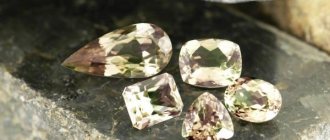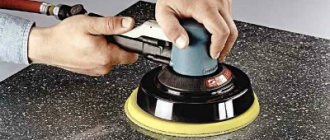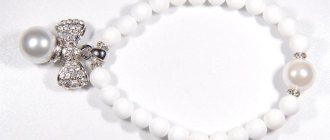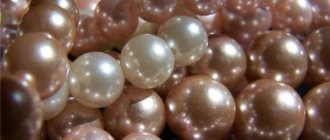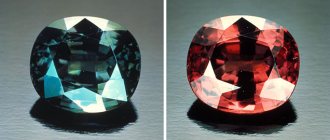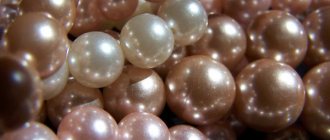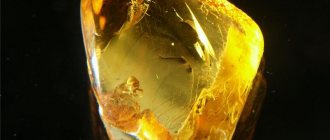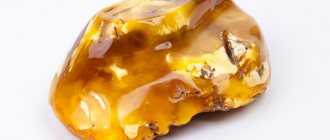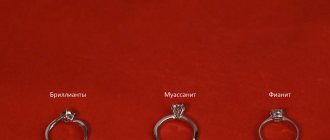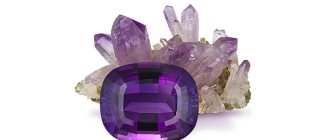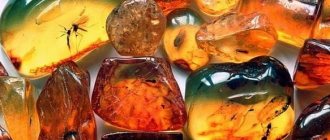Pearl jewelry began to be made in the distant past. Previously, earrings, necklaces and bracelets were in good demand. But even now, you can buy pearl jewelry in specialized stores. However, like any jewelry, it very often becomes an object for counterfeiting. Let's look at all the nuances.
Which pearls are better - sea or river pearls?
Freshwater river is grown in former rice fields in China. Farmers monitor water levels and also turn the pearls over so that they do not turn out “one-sided”. During the growing process, a person controls only the conditions for growth and the shape, but does not “grow” the nacre itself into balls and other materials.
Cultured freshwater pearls look brighter than sea pearls because they have a thicker layer of nacre. This phenomenon is associated with the introduced seed nucleus into mollusks.
Its colors, sizes and shapes are varied. In this regard, it is popular and in demand.
Freshwater is cheaper than seawater. During the cultivation process, 20-30 pearls can fit into its shell, but usually only one into a sea shell.
Akoya pearls are a "classic". Jewelry made from it is often found in jewelry stores. Most of it is grown and collected in Japan on the islands of Honshu and Kyushu, Ago Bay. It is also grown in Vietnam and China.
Akoya pearls are spherical in shape and have a diameter of 2-10 mm. In color it can be cream, silver, pink, pale yellow, with a green-black tint.
Assortment offered by the market
The romantic halo of pearls makes them the object of desire for many. However, in natural conditions it grows slowly, is difficult to obtain, and costs prohibitively. People have learned to grow beautiful balls on their own. Therefore, it is worth distinguishing between natural and cultivated material. The most affordable price segment is made from polymers. We wrote more about the types, properties and who is suitable for pearls here.
Natural
There are two types of pearls in nature: sea and river. The former are five to six times more expensive than the latter. This is not surprising - to find one high-quality pearl, you need to pull half a ton of mollusks out of the water. Freshwater river material is easier to obtain; its distinguishing features are not always an ideal shape and a weak shine.
Sea pearls of impeccable shape and shine are more often found at auctions than in stores.
Cultured
It is not considered a fake, although it is created by people. The technology is as follows. On a sea or river farm, a core base is placed inside the mollusk. Maturation takes place under natural conditions. After two or three years, a pearl is obtained that is visually indistinguishable from a natural one, but of a certain shape and color. That is, the mother-of-pearl layer is real. The difference is inside: in cultivated specimens it grows around an artificial core.
The thickness of the mother-of-pearl coating depends on the period of creation of the pearl.
High-quality specimens are supplied from farms along the Indian Ocean coast. The world leader is Japan, followed by China, Hong Kong, and the Emirates.
Therefore, when purchasing cultured pearls, find out the country of origin.
Artificial
A product of modern technology. Fake pearls come in several varieties.
Majorca
The production process is multi-stage, so the imitation is very high quality. Only an expert knows how to check the authenticity of pearls in this case. Named after the place of creation in the Spanish city.
Roman
Hollow glass beads with paraffin inside. The method was invented in the Middle Ages, initially it was rough work. Later, pearl essence from fish scales was used for coating, which visually ennobled such artificial pearls.
Shell pearl
Mother of pearl cores coated with varnish. Received in the 1920s. in USA.
Plastic
Frankly low quality products. Sold in jewelry departments.
Determining the authenticity of pearls in a store
Method number 1. Cost of real beads
Pay attention to the price. Only costume jewelry is sold at a low cost. But a high price is also not always an indicator of the authenticity of pearls.
Beads made from the least valuable white gems of irregular shape will cost several thousand rubles. For cultured round stones with a diameter of 15 mm you will have to pay from 2 thousand dollars.
The price is affected by the color, diameter, origin, and shine of the pearl.
The cost also depends on the quality of the surface. Therefore, the price varies greatly. On sale, products with natural pearls cost from $15 to $100,000. At auctions, some pearls sell for millions of evergreens.
Method number 2. How much does a real pearl weigh?
Natural weighs more than artificial. This is due to the fact that inside the real one there is mother of pearl, and the fake one is plastic, artificial stone or other light material. The weight of the pearl in the hand is felt; it cannot be practically “weightless” even if it is small.
Method No. 3. Compare each pearl by shape in a necklace or bracelet
Each pearl has an individual shape. Even if they are all spherical, they still have slight differences from each other and peculiar defects, no matter how carefully they were selected by professionals during the assembly of the jewelry.
“Wild” or the most natural – how it is formed and what it is
Mining natural pearls is an activity that contradicts the humane attitude towards all living things. Not everyone knows that in order to find 5-10 pearls, you need to kill at least 100-150 oysters. And only a third of the extracted treasures will be suitable for further processing and use.
In the modern world, pearl mining on a large scale is practically not carried out and is prohibited. Seafood is only sometimes found by chance by farmers and fishermen.
Determining authenticity at home
Method number 6. Sound test
If you rub a pearl over your teeth, it will make a creaking sound, but a fake one will not.
Mother of pearl has low thermal conductivity, meaning it heats up very slowly. Thanks to this, the beads remain cold for a long time even when they touch human skin. Plastic jewelry heats up quickly from body heat. This is not the most accurate way to distinguish real pearls from fakes, as it is very subjective.
Method No. 7. Fall and hit
If there are individual pearls, and not a piece of jewelry, then you can conduct a test - drop one of them from a height of about 0.5 meters.
The real one bounces off when it hits a horizontal surface like a ball. But the artificial one will just roll.
Method No. 8. Friction
In a necklace, you can rub one mineral against another by applying slight pressure. Small particles of pearl powder and scratches should form. These scratches can be easily removed by rubbing the surface with your fingers.
If the mineral is artificial, then the powder will not appear, and the scratches cannot be removed, since the layer of pearlescent paint will be erased and what will remain is an ordinary bead - an artificial core.
Mother of pearl is a dense substance with low hardness, which is up to 4 Mohs units. Therefore, the gemstone is easy to damage. To do this, just scratch it with a knife.
When exposed to a knife, a thin layer of mother-of-pearl will begin to peel off from the original. It will look like powder. The fake will have chipped paint and expose the artificial core.
After scratching with a knife, you need to wipe the surface with your finger. All damage to real mother-of-pearl will disappear and it will return to its original appearance. On a fake, all scratches and paint chips will remain in place.
Method number 9. Chemical test
Place the pearl in acetone. The real one will not dissolve in acetone, only the artificial one.
Testing with vinegar destroys real pearls. Therefore, you should resort to it only by removing one pebble from the beads.
Plastic fake will not react with vinegar. The advantage of this method is the ability to identify cultured pearls. After the nacre layer dissolves, its core will become visible.
Rub the beads together
This verification option is suitable for a bracelet, earrings or pearl beads. It is necessary to have several samples of pearls that can be rubbed against each other. At the moment of contact, if the material is genuine, you will feel an increasing force of friction. This is again due to the imperfect top layer. Fake mother-of-pearl beads will begin to slide when rubbed and produce an unpleasant artificial sound.
At the end of the test, look at your fingers in daylight. After contact with natural pearls, a little pearlescent dust remains on the skin.
Additional verification methods
Information on the tag
Natural pearls are always accompanied by a quality certificate. You must ask the seller before making a purchase. A quality certificate is an additional guarantee of the natural origin of a precious stone.
Ultraviolet
It is harmless to shine ultraviolet light on pearls. Natural stone gives a bluish glow, while artificial stone gives a green glow. Some fakes do not react to UV rays at all. The source of ultraviolet light can be a special flashlight or a device for checking banknotes.
Fire
Natural pearls are not afraid of fire. It can be brought into the flame for a couple of minutes. In this case, the fake glass will crack, and the plastic jewelry will melt.
Important to consider
Imitation production technologies are actively developing, and identifying fake pearls is becoming more and more difficult.
The more methods you use when checking, the more signs of authenticity or imitation you will find.
None of the proposed methods, or even their combined use, provides a 100% guarantee of identifying a counterfeit. If you want to get an accurate result, contact a professional jeweler or gemologist. It is very important to take advice from experts in the world of pearls.
Natural pearls have many advantages. Only natural specimens are valued in lithotherapy or can serve as a profitable investment. Therefore, it is important to be able to distinguish natural pearls from artificial ones.
